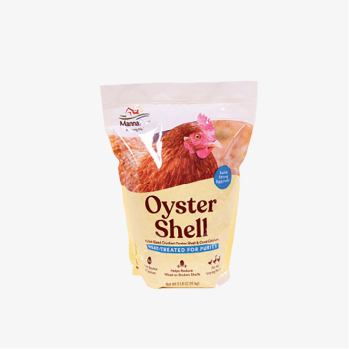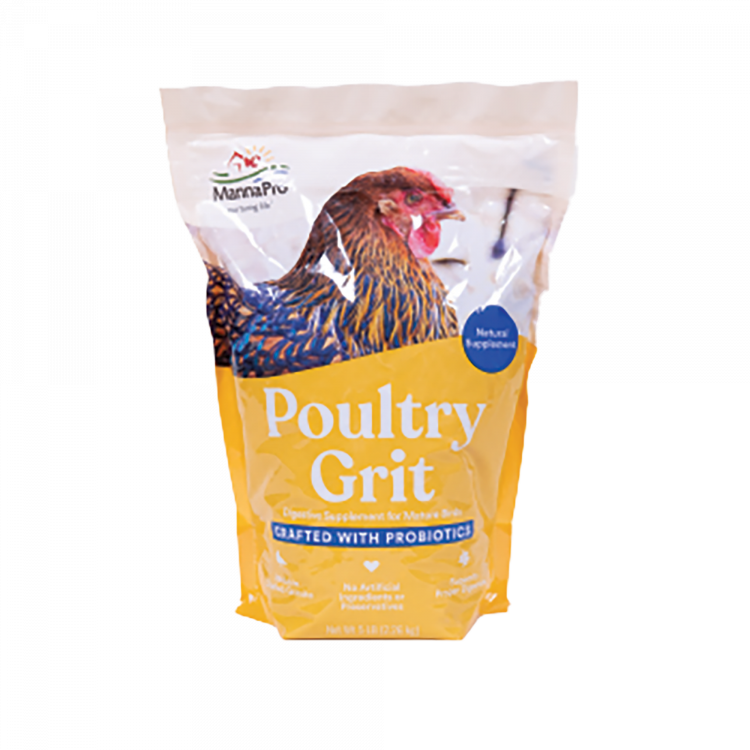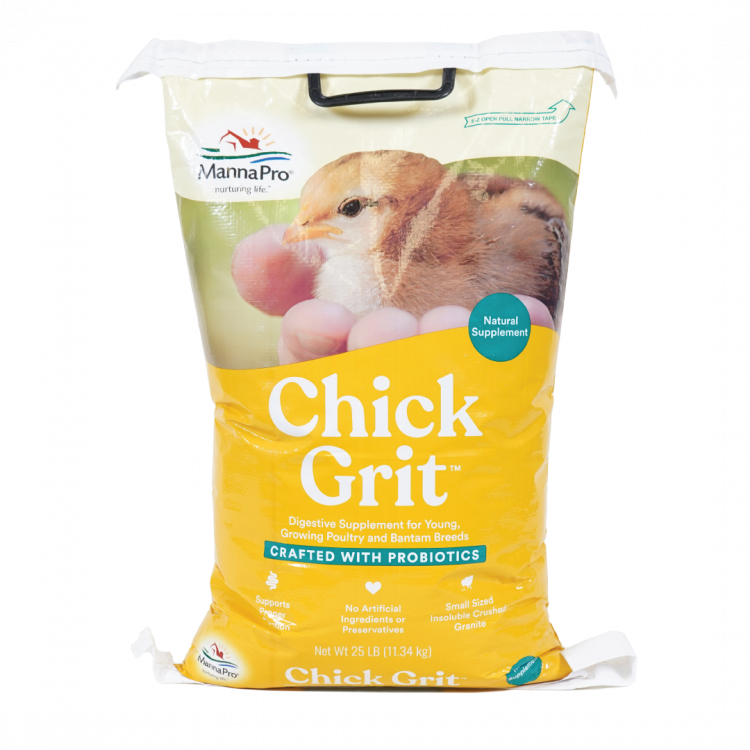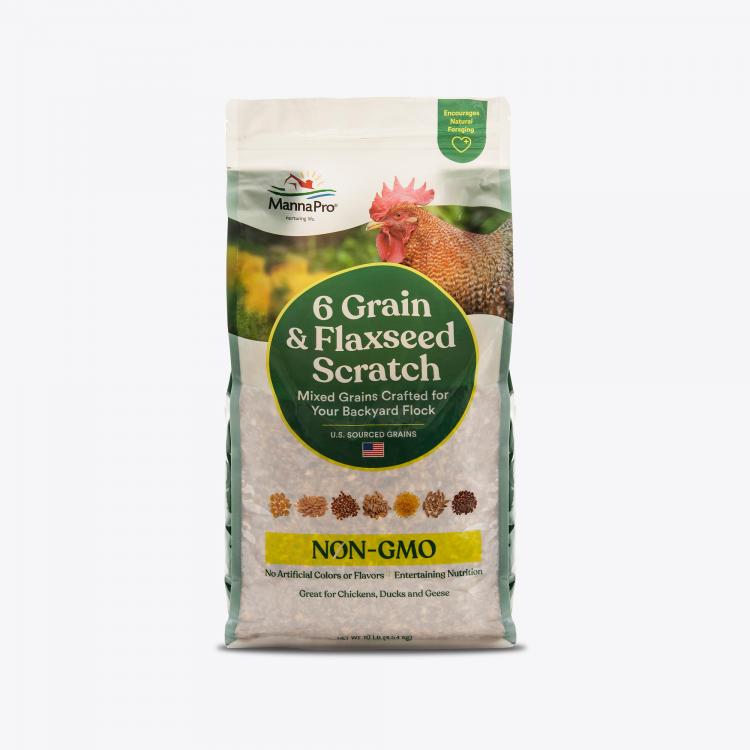Posted by Lisa Steele, Mon, May 16, 2016
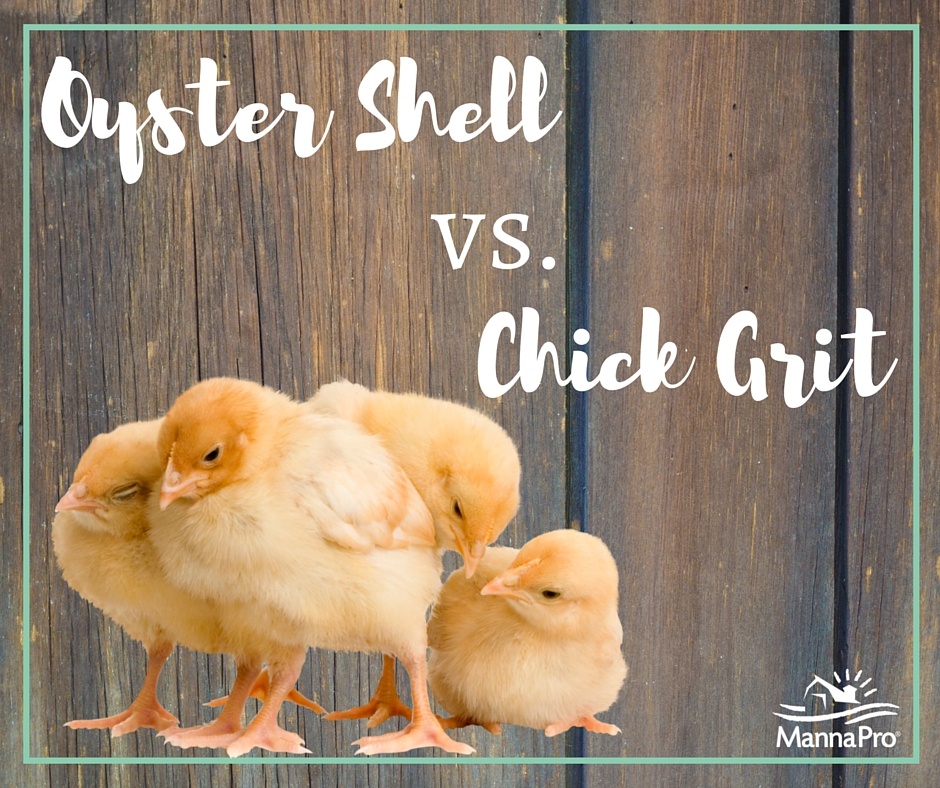
If you’re new to chicken keeping, you might be confused about two products you may have read about or seen on your feed store shelves: oyster shell and grit. While many use these two products interchangeably, each actually serves a very important—and very different—purpose when it comes to your chickens’ well-being.
Let’s start with grit. Chickens don’t have teeth to help them chew their food; instead, everything they eat is stored in their crop and then their gizzard, where it is held until it can be ground up and partially digested before moving to the chicken’s stomach. Chickens that are allowed to free-range will continually pick up small stones and coarse dirt, which will help grind up the food in the gizzard.
If you can’t let your chickens out to roam and find their own grit, then you will need to provide commercial grit for them. When they are chicks, a special smaller-size grit, such as Manna Pro® Chick Grit, should be provided to them on a free-choice basis in a small dish inside the brooder. Adult chickens should also be provided access to grit in a separate dispenser or feeder. That way, each can eat as much or as little as they need. The grit is expelled as the stones and pebbles get smaller and smaller and new “grit” needs to be ingested. If the grit you provide is too small, the pieces will pass right through the chicken’s digestive system and be of no help in digestion, so offering the correct size for chicks, pullets or adult hens is important.
Now, a bit about oyster shell. Crushed oyster shell, such as Manna Pro Oyster Shell, provides your flock with calcium. Chickens need even more calcium than that which is included in even top-quality chicken layer feed because they use so much calcium to form the shells on their eggs day after day. If a hen doesn’t get enough calcium, she will start to leach calcium from her bones in order to create eggshells. This can lead to weak, deformed or broken bones. Not providing your chickens with enough calcium can also lead to soft-shelled eggs, which are exactly what they sound like: eggs with a soft shell or no shell.
Calcium is also what produces the contractions in the hen’s oviduct that push the eggs out. Chickens that don’t get enough calcium and lay soft shells are in great danger of becoming egg-bound, which is a potentially fatal condition caused by an egg getting stuck in the oviduct. If the egg breaks inside the hen, the shell (if there is one) can puncture her intestine, leading to peritonitis—an infection that can be fatal if not treated.
Calcium should always be provided on a free-choice basis, like grit. This allows each hen to eat as much or as little as she needs. Some chickens don’t absorb dietary calcium as well as others, so each has different supplemental calcium needs. In addition, feeding the calcium on a free-choice basis rather than mixing it into the feed will not only save you money (because non-laying hens and roosters won’t eat any), but you won’t be overfeeding those that don’t lay eggs and therefore don’t need additional calcium. Any excess calcium will be stored in their bodies and can lead to kidney problems over time.
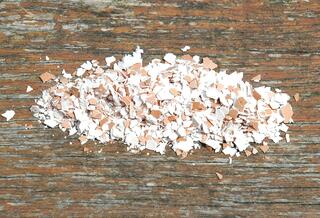
An alternative to purchasing commercial oyster shell is drying and crushing eggshells to feed back to your chickens. Just be sure to only ever feed your own eggshells to your flock, and crush them into small pieces so that they don’t look like eggs any longer; otherwise, your chickens could be tempted to experiment and start eating their own eggs. As long as you crush the shells, though, you shouldn’t have any problems.
